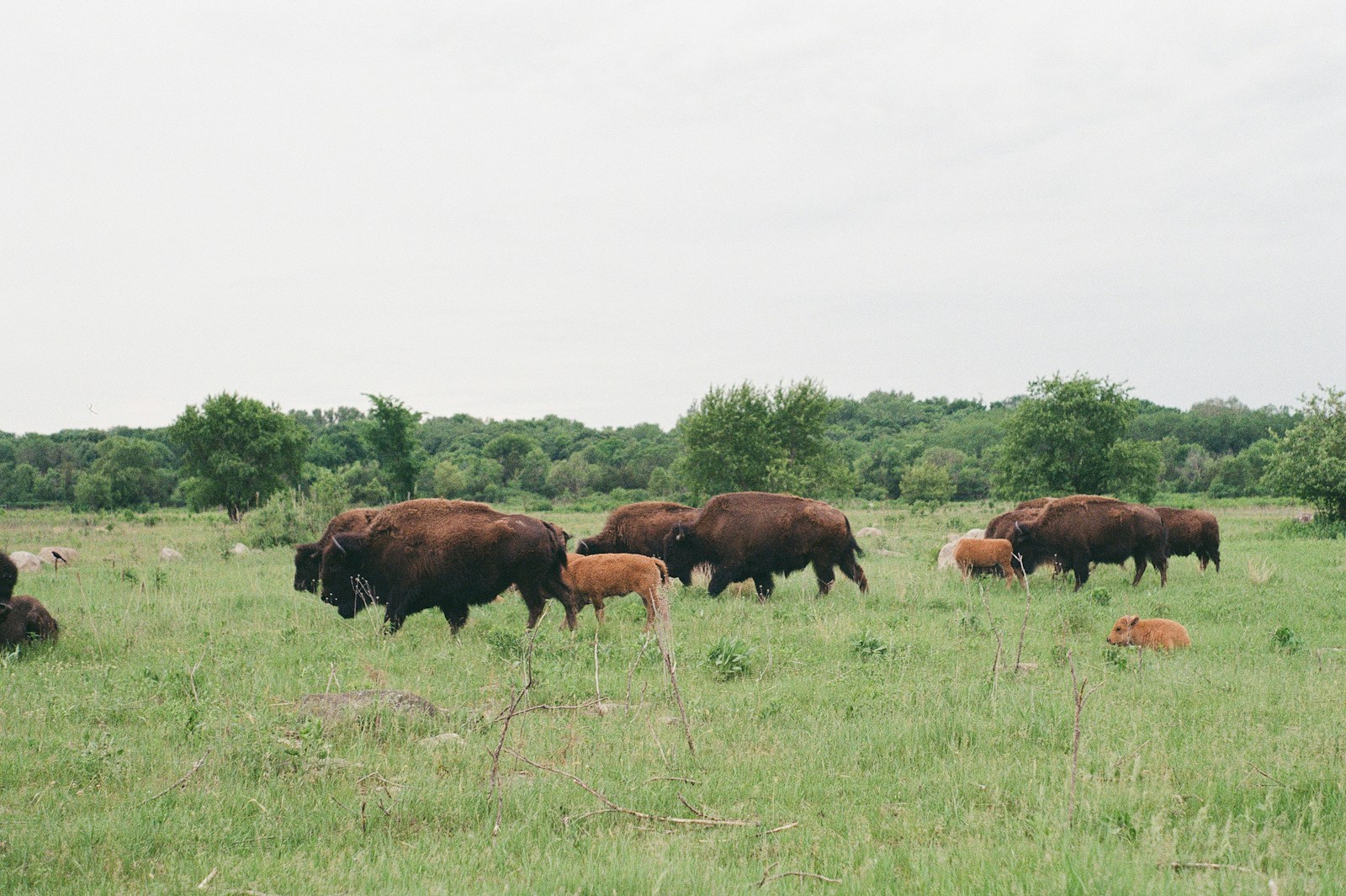In the vast American plains where wind sweeps across endless grasslands, an extraordinary ecological partnership has evolved through millennia. The relationship between American bison (Bison bison) and prairie dogs (Cynomys spp.) represents one of nature’s most remarkable examples of ecosystem engineering and species interdependence. While seemingly unrelated at first glance—one a massive, thundering symbol of the American frontier and the other a small, chattering rodent—these two prairie inhabitants have developed a complex, mutually beneficial relationship that shapes the entire grassland ecosystem. Their interactions have helped create and maintain the Great Plains as we know them, demonstrating nature’s intricate connections and the delicate balance that sustains biological diversity. This fascinating relationship offers valuable insights into ecosystem management and conservation efforts today, as scientists increasingly recognize the importance of preserving not just individual species but the vital interactions between them.
The Historical Significance of Prairie Ecosystems

The North American prairies once constituted one of the largest contiguous ecosystems on the planet, covering nearly 1.3 million square kilometers from Canada to Mexico. These vast grasslands evolved over thousands of years through the complex interplay of climate, soil conditions, periodic fires, and crucially, the influence of keystone species like bison and prairie dogs. Before European settlement, an estimated 30-60 million bison roamed these plains alongside billions of prairie dogs occupying “towns” that could stretch for miles. The relationship between these species developed over evolutionary time, with each influencing the other’s behavior, population dynamics, and even physical characteristics. Their combined ecological impact was so profound that early European explorers encountered an ecosystem that had been effectively “co-managed” by these species for millennia, creating the iconic landscape that would later be celebrated as the American heartland.
Prairie Dogs: The Unexpected Ecosystem Engineers
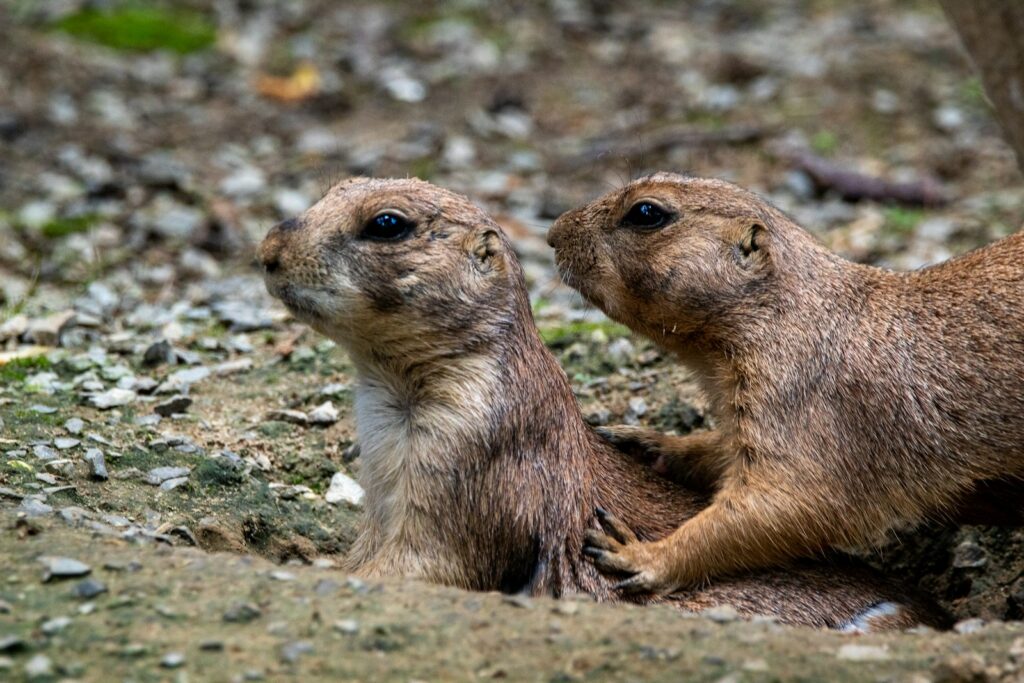
Prairie dogs are far more than simply cute, barking rodents—they are powerful ecosystem engineers whose activities fundamentally transform their environment. These social creatures create elaborate underground colonies or “towns” with complex networks of tunnels and chambers that can extend several feet below the surface and occupy hundreds of acres. Their burrowing aerates soil, promotes water infiltration, and brings nutrient-rich deeper soil layers to the surface, effectively creating natural fertilization. Research has shown that prairie dog burrows significantly alter soil chemistry, increasing nitrogen content by up to 200% in some areas through their waste deposition and the incorporation of plant matter. Additionally, their constant clipping of vegetation around their burrows creates distinct habitat patches characterized by shorter grasses and greater plant diversity, essentially creating a mosaic landscape within the larger prairie ecosystem that benefits numerous other species.
Bison: The Iconic Grazers of the Plains
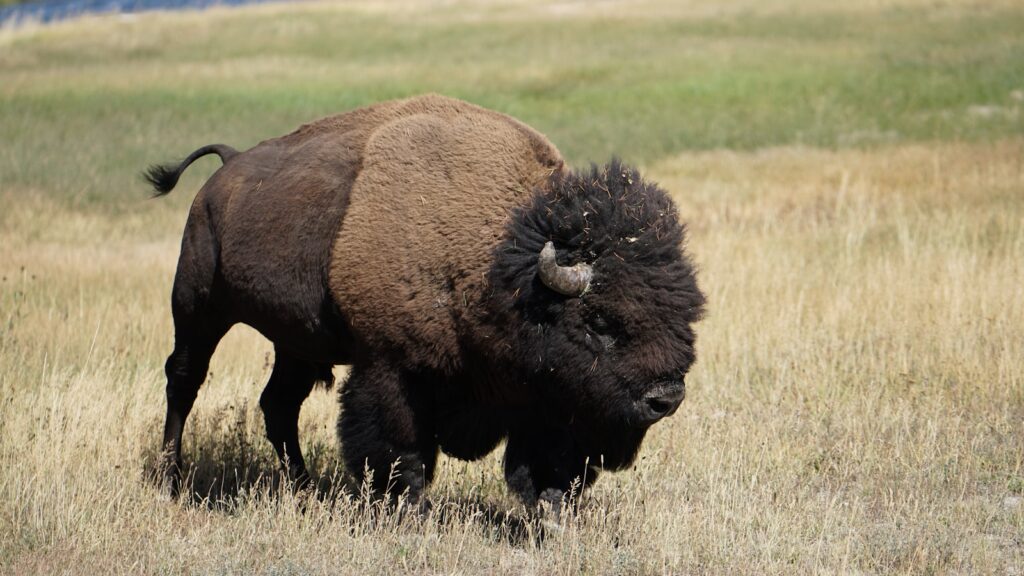
Bison, weighing up to 2,000 pounds, have earned their reputation as the landscape architects of the Great Plains through their distinctive grazing patterns and behaviors. Unlike cattle, which tend to graze continuously in one area, bison practice nomadic rotational grazing, moving constantly across the landscape in response to forage quality, predator pressure, and seasonal conditions. This movement pattern prevents overgrazing in any one location and allows vegetation recovery periods, effectively promoting prairie health and resilience. Bison have specialized digestive systems that enable them to process the coarse native grasses that other grazers avoid, particularly the tall, fibrous species that dominated pre-settlement prairies. Their massive bodies create wallows—shallow depressions formed when bison roll in dust to combat insects—that collect rainwater and create microhabitats for amphibians and specialized plant communities. These iconic animals also disperse seeds in their dung and break up compact soil with their hooves, making them true ecosystem engineers working on a massive scale.
Grazing Dynamics: How Prairie Dogs Influence Bison Feeding
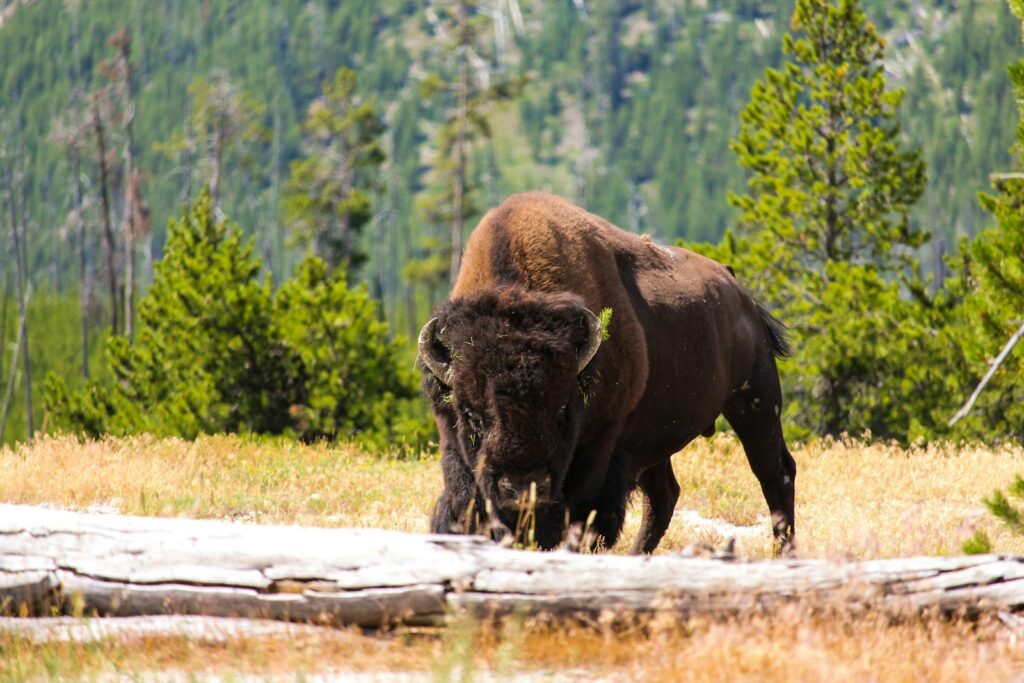
One of the most direct interactions between bison and prairie dogs occurs through altered grazing patterns and vegetation management. Prairie dogs continuously clip vegetation within and around their colonies, maintaining grass at a short height of 2-4 inches, which prevents predators from approaching undetected. This clipping activity stimulates new plant growth that is higher in nutritional content, with studies showing increases in protein content of up to 60% and enhanced digestibility compared to unclipped grasses. Bison demonstrate a strong preference for grazing within active prairie dog colonies, spending up to 40% more time feeding in these areas despite their relatively small footprint on the landscape. Research using GPS-collared bison has revealed that they will actively seek out prairie dog towns, presumably drawn by the nutritional advantages of the younger, more protein-rich vegetation. The bison’s selective grazing further stimulates new growth, creating a positive feedback loop that benefits both species while increasing overall plant productivity in the ecosystem.
The Soil Enhancement Partnership
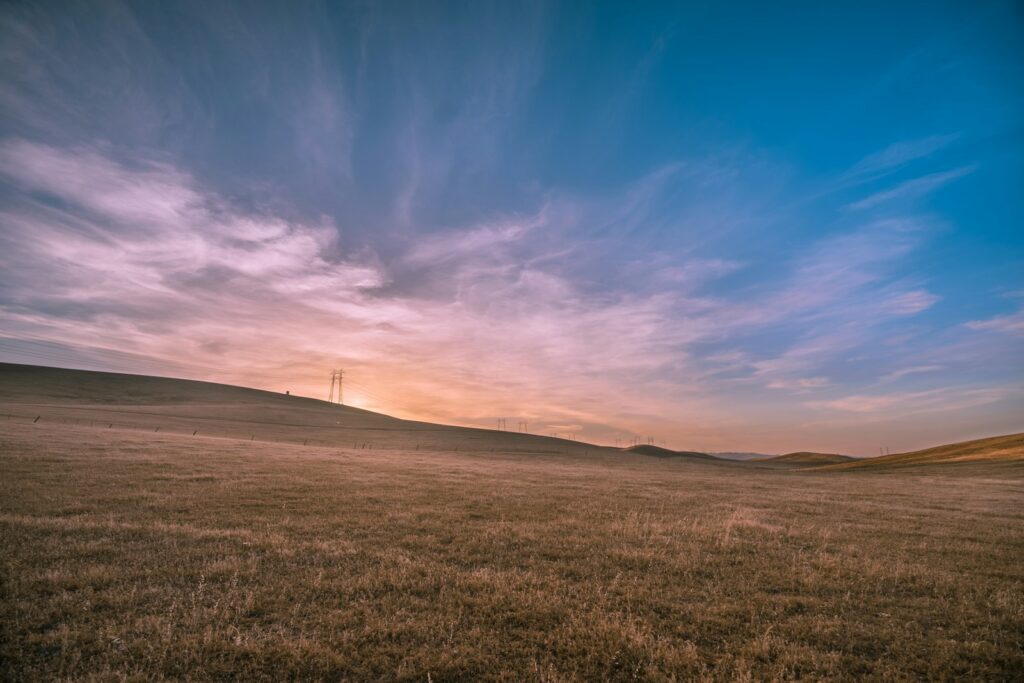
The combined effects of bison and prairie dogs on soil health represent one of the most significant aspects of their ecological relationship. Prairie dog burrows create channels for water infiltration that can increase soil moisture by up to 30% during precipitation events, reducing runoff and erosion while improving groundwater recharge. Meanwhile, bison contribute to soil health through their waste deposition, with each animal producing approximately 50 pounds of nitrogen-rich manure daily that fertilizes the grassland. Bison hooves break up compacted soil and press fallen seeds into the ground, enhancing germination rates for native prairie plants. Research examining soil cores from areas with both species present has documented significantly higher levels of soil organic matter, microbial activity, and nutrient cycling compared to areas lacking either species. This soil enhancement partnership ultimately creates more productive habitat that supports greater biodiversity, with studies documenting up to 40% more plant species in areas where both bison and prairie dogs are present compared to areas with neither.
Biodiversity Hotspots: Prairie Dog Colonies as Habitat
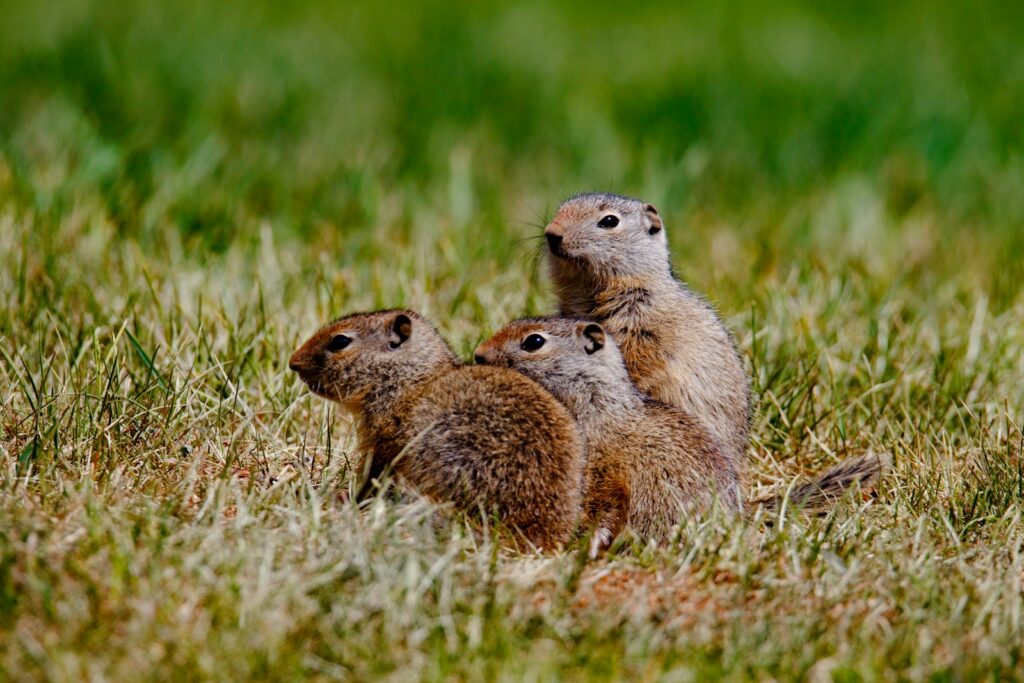
Prairie dog colonies function as biodiversity hotspots within the larger grassland ecosystem, supporting a disproportionate number of other species. Research has identified more than 150 vertebrate species that associate with prairie dog towns, with at least 20 species directly depending on them for survival. The burrows themselves provide shelter for burrowing owls, cottontail rabbits, tiger salamanders, and numerous reptiles and insects. The vegetation changes created by prairie dogs establish an ideal hunting ground for predators like ferruginous hawks, swift foxes, and American badgers. The black-footed ferret, North America’s most endangered mammal, depends almost exclusively on prairie dogs for both habitat and food, making their relationship one of the most remarkable examples of species interdependence. Bison enhance this biodiversity effect by creating patches of disturbed ground through their wallowing behavior and selective grazing, which creates additional microhabitats that support species not found in uniform grasslands.
Landscape Heterogeneity and Resilience
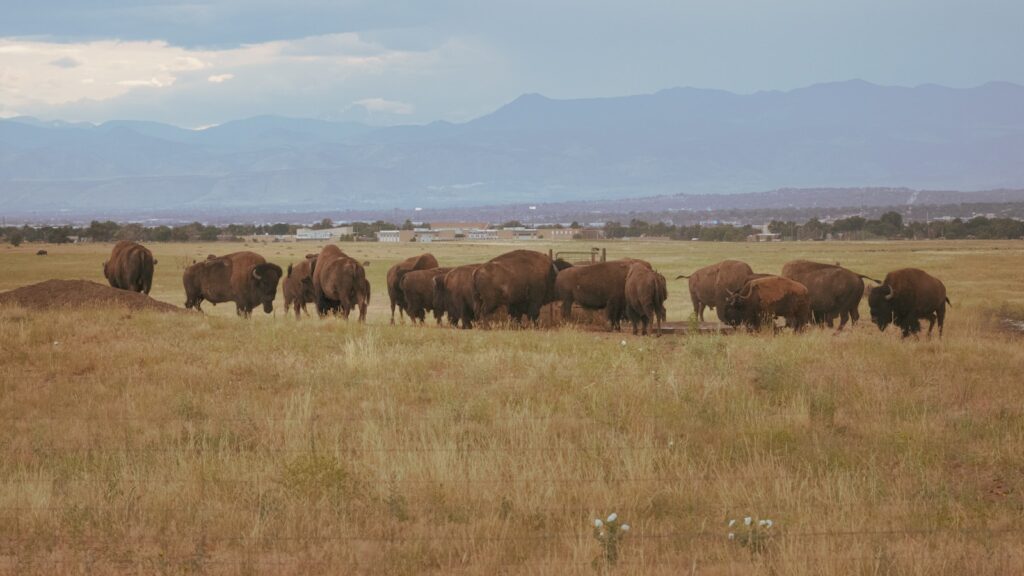
The combined activities of bison and prairie dogs create a patchwork landscape that significantly enhances ecosystem resilience in the face of environmental challenges. This landscape heterogeneity—areas of varying vegetation height, density, and composition—provides habitat for a wider range of species than would be supported by uniform grassland. Studies using satellite imagery have documented that landscapes with both species present show up to 300% greater variation in vegetation structure compared to similar prairies without them. This diversity creates natural firebreaks that limit wildfire spread and provides refugia for plants and animals during extreme weather events like drought. Research following severe drought periods has shown that areas with active prairie dog colonies and bison grazing recover more quickly, with plant productivity returning to pre-drought levels up to two growing seasons earlier than in areas lacking these interactions. This enhanced resilience becomes increasingly important as climate change introduces greater weather variability and extreme events to grassland ecosystems.
The Historic Decline of a Keystone Relationship
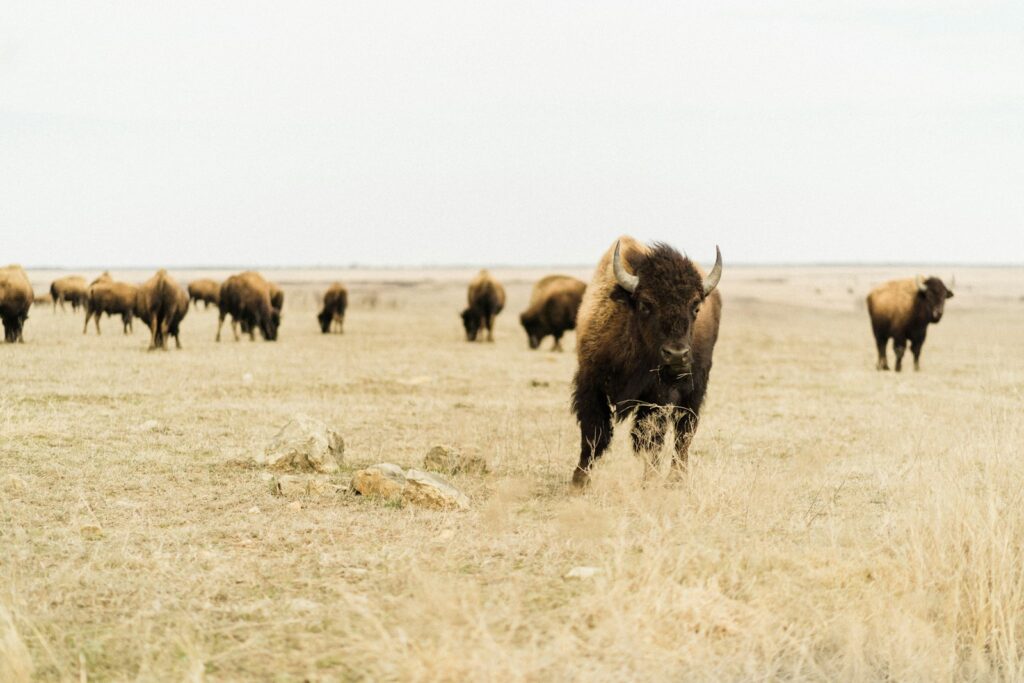
The ecological partnership between bison and prairie dogs has faced near-catastrophic disruption over the past two centuries. Bison populations were decimated from tens of millions to fewer than 1,000 individuals by the 1880s through systematic hunting campaigns that aimed to deprive Native American tribes of their primary resource and clear the plains for settlement and cattle ranching. Prairie dogs have experienced similarly dramatic declines, with populations reduced by more than 98% through poisoning campaigns, recreational shooting, habitat conversion to agriculture, and sylvatic plague (an introduced disease). The massive colonial towns that once covered millions of acres have been fragmented into isolated pockets on marginal lands. This separation has effectively severed the ecological relationship between these species across most of their historic range. The consequences extend far beyond just these two species, as research has documented cascading effects on everything from soil microbes to predator populations, demonstrating how the loss of key species interactions can fundamentally alter entire ecosystems.
Ecological Restoration Efforts
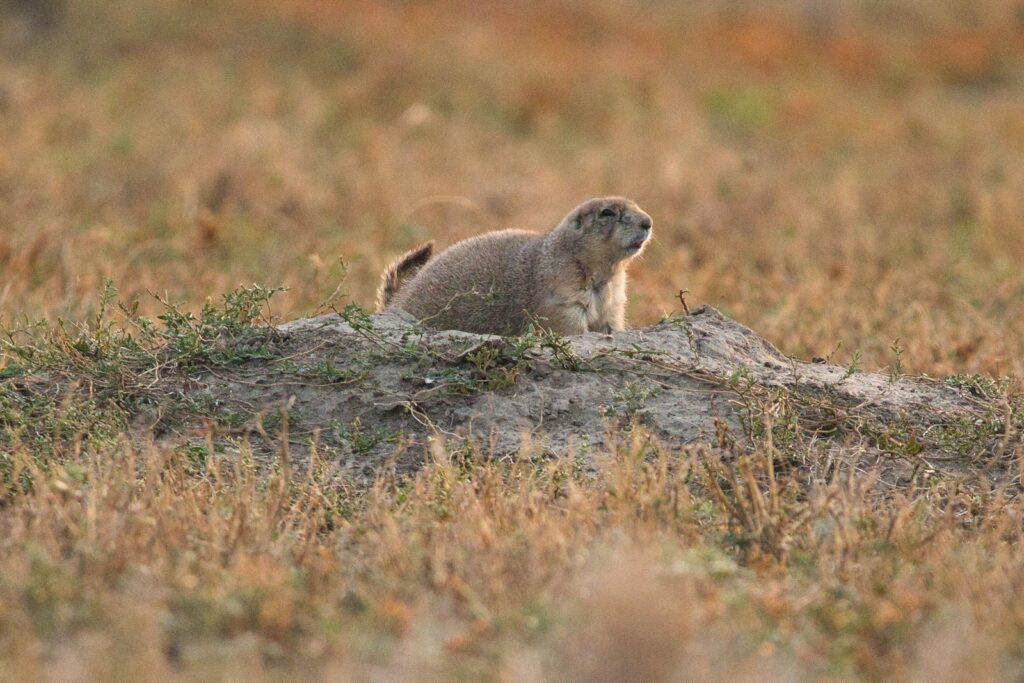
Conservation biologists increasingly recognize that successful prairie restoration requires reestablishing not just individual species but the key ecological interactions between them. Several ambitious projects across the Great Plains are working to restore functional prairie ecosystems by reintroducing both bison and prairie dogs to protected landscapes. The American Prairie Reserve in Montana aims to create a 3.5-million-acre reserve with free-roaming bison and has been actively translocating prairie dogs to establish new colonies within the reserve. Similar efforts at Wind Cave National Park, the Nature Conservancy’s Tallgrass Prairie Preserve, and various tribal lands are showing promising results, with researchers documenting increased plant diversity and the return of dependent species like burrowing owls and swift foxes. Scientists employ innovative techniques to monitor these restoration efforts, including drone-based vegetation surveys, GPS collars on bison to track movement patterns, and DNA analysis of soil microbes to assess ecosystem function. These projects face significant challenges from disease management to social acceptance, but they represent our best hope for preserving this remarkable ecological relationship.
Competing Land Uses and Conservation Challenges
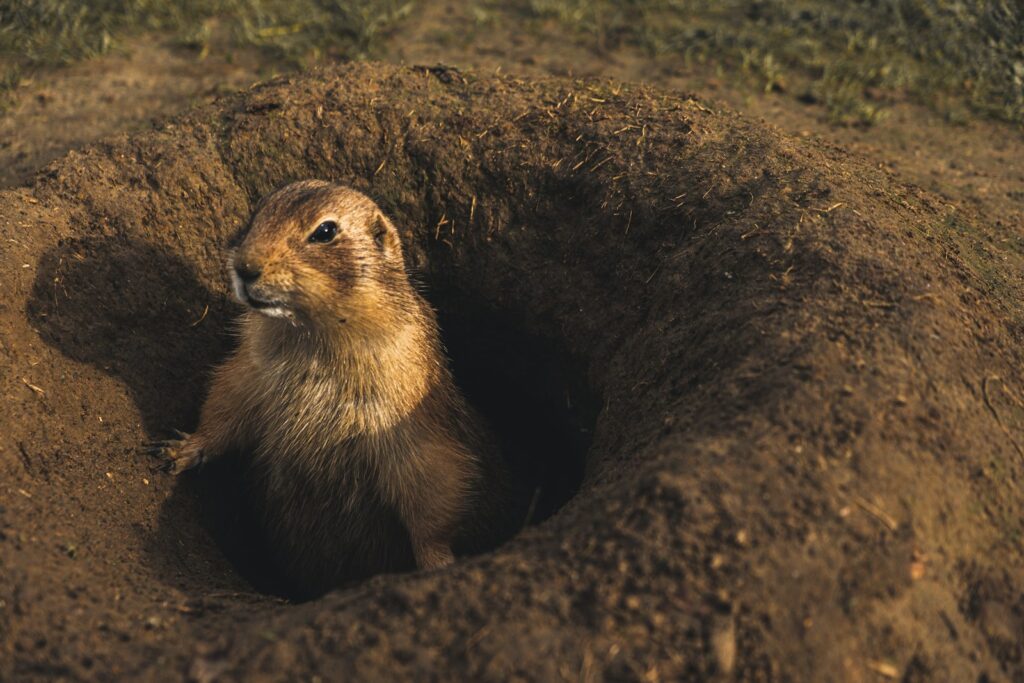
Despite growing recognition of their ecological importance, bison and prairie dogs continue to face significant challenges from competing land uses and negative public perceptions. Much of the historic range of these species has been converted to intensive agriculture, with over 70% of the Great Plains now under cultivation or managed for cattle production. Ranchers and farmers often view prairie dogs as agricultural pests that compete with livestock for forage and create hazards for farm equipment and cattle. Conservation efforts are further complicated by the fact that prairie ecosystems span multiple jurisdictions with varying management priorities, from federal and state lands to private ranches and tribal territories. Research examining the economic dimensions of this conflict has found that while prairie dogs may reduce forage availability by 4-7% in active colonies, these losses can be offset by increased forage quality and the ecosystem services provided. Conservation organizations are increasingly developing innovative approaches like payment for ecosystem services programs, conservation easements, and ecotourism initiatives that aim to make prairie conservation economically viable for landowners.
Climate Change Implications
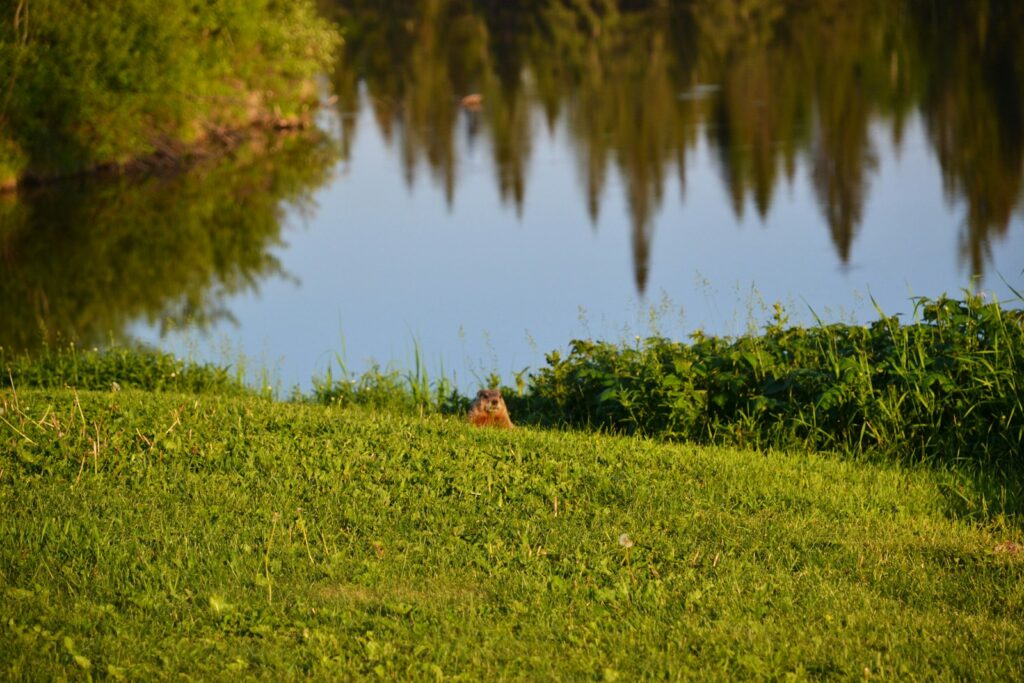
The relationship between bison and prairie dogs may take on new significance in the context of climate change and its impacts on grassland ecosystems. Research indicates that properly managed grasslands with diverse grazing patterns can sequester significant amounts of carbon in soil, with one study estimating that restoring bison-prairie dog dynamics could increase carbon sequestration by up to 1.5 tons per hectare annually. The increased water infiltration facilitated by prairie dog burrows may help mitigate the effects of increasingly variable precipitation patterns predicted for the Great Plains. Experimental studies have demonstrated that plant communities in areas with both species present show greater resistance to drought conditions, maintaining productivity during dry periods when other areas experience significant declines. Additionally, the landscape heterogeneity created by these species interactions provides greater adaptability as climate zones shift, potentially allowing for more successful migration of plant and animal communities in response to changing conditions. These climate resilience benefits are increasingly being incorporated into carbon credit programs and climate adaptation strategies for grassland regions.
Traditional Ecological Knowledge and Cultural Significance
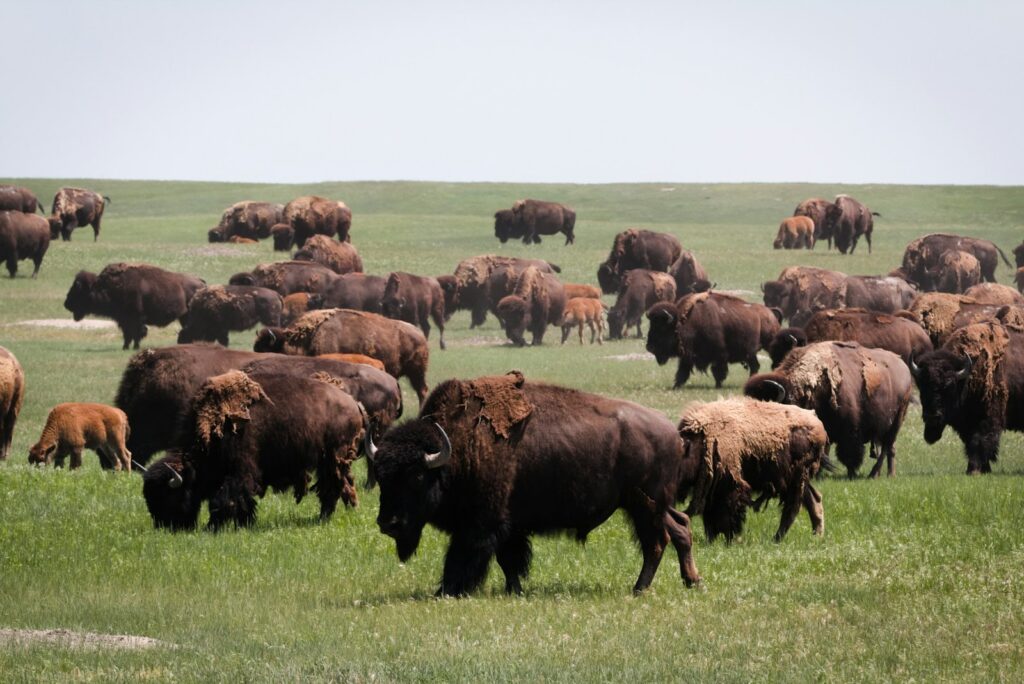
For indigenous peoples of the Great Plains, the relationship between bison and prairie dogs represents not just ecological knowledge but deep cultural and spiritual understanding developed through millennia of observation and interaction. Many Native American tribes, including the Lakota, Blackfeet, and Comanche, incorporated this ecological relationship into their traditional management practices, using controlled burns to enhance habitat and maintaining seasonal hunting patterns that preserved the integrity of both species. Tribal elders preserved detailed knowledge about the behavior of both species, with oral histories describing the preference of bison for grazing on prairie dog towns long before Western science documented this phenomenon. Today, several tribes are leading restoration efforts that combine cutting-edge conservation science with traditional knowledge, including the InterTribal Buffalo Council which now manages over 20,000 bison across tribal lands. These initiatives emphasize not just ecological restoration but cultural revitalization, recognizing that the relationship between people, bison, and prairie dogs has shaped human cultures as profoundly as it has shaped the landscape itself.
Future Research and Conservation Directions
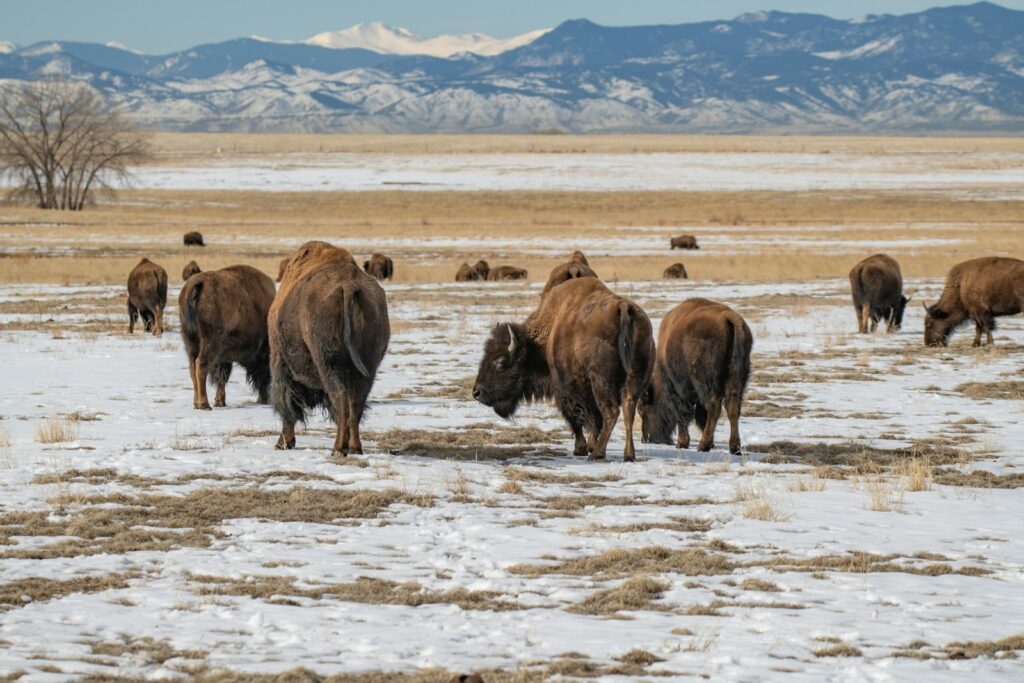
As our understanding of the complex relationship between bison and prairie dogs continues to evolve, several promising research directions are emerging that may further inform conservation efforts. Scientists are increasingly employing advanced technologies like environmental DNA sampling, satellite remote sensing, and artificial intelligence-powered image analysis to monitor interactions between these species at landscape scales previously impossible to study. Research exploring the microbial communities associated with both species is revealing new dimensions of their ecological relationship, including potential roles in disease resistance and nutrient cycling. Several long-term experimental studies are now comparing ecosystem function in areas with both species present to those with only one or neither, providing crucial data for adaptive management approaches. Conservation organizations are developing innovative approaches to rebuild ecological connections across fragmented landscapes, including wildlife corridors linking isolated prairie dog colonies and allowing wider bison movement patterns. These efforts, combined with growing public appreciation for native prairie ecosystems, offer hope that this remarkable ecological partnership might persist into the future despite the challenges it faces.
Conclusion
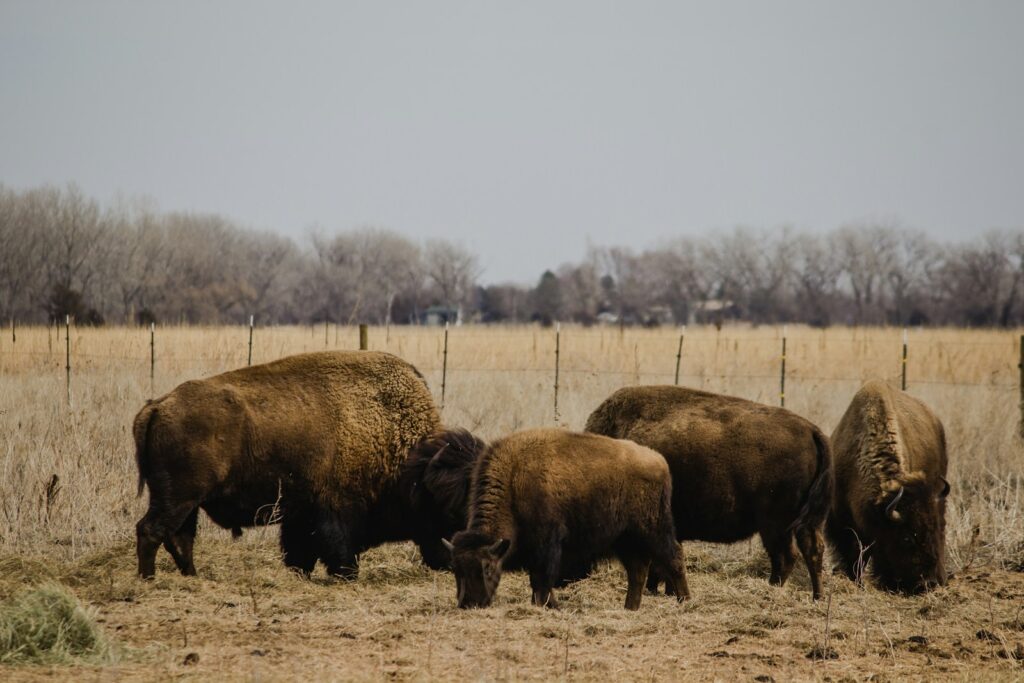
The relationship between bison and prairie dogs exemplifies nature’s intricate web of connections, where species evolve together to shape their shared environment. Far from being a simple predator-prey relationship or competition for resources, this partnership illustrates how different species can enhance each other’s habitat while collectively creating conditions that support entire ecosystems. As we work to conserve what remains of North America’s grasslands, understanding and restoring these ecological relationships becomes as important as preserving the species themselves. The prairie’s future may well depend on our ability to protect not just its individual components but the fascinating interactions that have sustained it for thousands of years—a lesson that extends far beyond the grasslands to ecosystem management worldwide.

